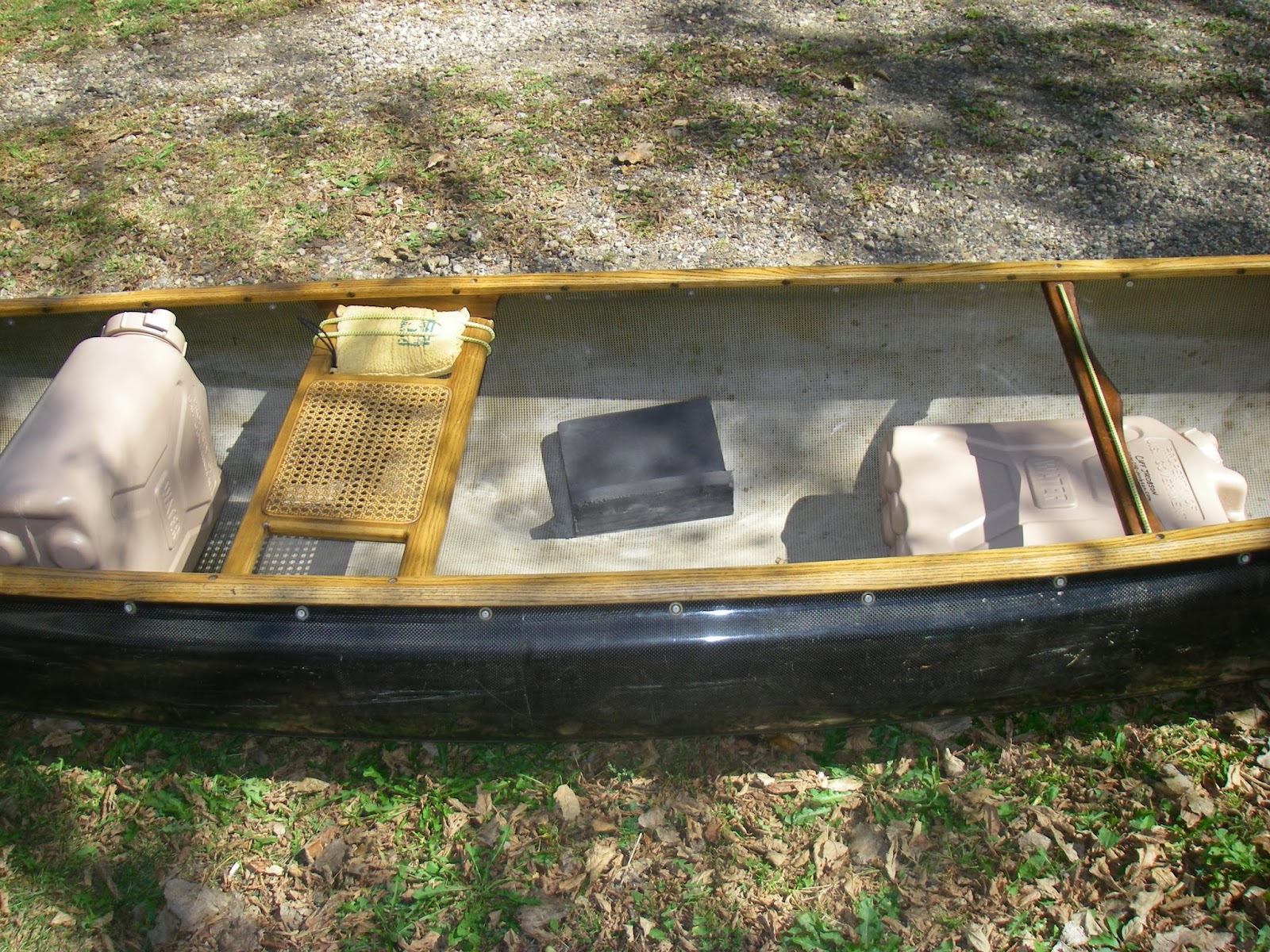BLOG 64.Water Containers
For The Long Haul
by
Cliff Jacobson
I never thought much about long-haul water containers until I started
canoeing U.S. rivers. On my
Canadian trips, a liter poly bottle and a folding bucket were enough. Except on rivers like the Bloodvein
(Manitoba) where Giardia is a concern, I never carried a filter or
purifier. Instead, I was careful
get my drinking water from clear water sources where contamination was
unlikely.
My attitude changed when friends and I began to canoe
American rivers. Here, the choice
was to carry our water or purify it.
On desert rivers like the Green, Little Missouri and Rio Grande, we
settled the sediment with alum (see Blog #9/Western Water or the 25th
Anniversary Ed. of my book, “Camping’s Top Secrets) then purified the
effluent. This procedure worked
marvelously.
But contaminated and brackish water defies treatment. Here, you must haul your drinking
water—and in the Everglades, you may have to defend it from thirsty raccoons and voracious rats which will bite through plastic containers. I’m constantly on the prowl for better water jugs. Here are my requirements:
·
The container must be positively leak-proof.
·
The cap must have a leash to prevent loss.
·
It must fit seamlessly into my Bell Yellowstone
solo canoe. Some otherwise great
containers won’t!
·
The handle must be secure and unbreakable.
·
Water is precious—small amounts must pour easily
without spilling.
·
The jug must have a wide, quick-fill cap.
SOME FAVORITE WATER
CONTAINERS
NALGENE BOTTLES
For personal use, I’m won over to Nalgene bottles, which
come in a variety of sizes and shapes.
I discovered these tough-as-nails poly bottles when I taught high school
biology in the mid-1960’s. Most of
the chemicals we used in class came packaged in Nalgene bottles. The bottles never leaked no matter how
rough they were handled. When the
chemicals were gone, I washed out the bottles and used them on my canoe trips. I still have some 1960’s
originals. When Nalge learned that their bottles were popular with outdoors
people they responded with new designs and colors. Today, Nalgene bottles have
lots of competition but in my opinion they are still the best.
MSR DROMEDARY BAGS
 |
| MSR Dromedary Bag |
These beautifully made black fabric bags come in a variety
of sizes. They are lightweight,
watertight and tough. There’s a
wide-mouth, quick-fill cap and a small, canteen-style mouthpiece. A heavy-duty nylon ribbon that runs
through grommets along the perimeter provides a handle and options for hanging. These bags sit low in the canoe and
take up little space. Unlike high,
cubical style containers, water doesn’t slosh around as you paddle. This is the
bag of choice if you paddle a solo canoe or kayak where space is tight. If you’re going where sharp-toothed
critters will attack soft-sided water bags, you’d best secure them inside
stainless steel Outsak bags (http://www.simpleoutdoorstore.com)
or Kevlar Ursa sacks (www.ursack.com.)
NRS FIVE (5.3) GALLON WATER JUGS
The NRS 5 gallon jugs appear identical to the combat proven
water jugs used by the government and military. At a bit over 5 pounds empty, these babies are heavy, but
unless you purposefully hammer a nail through the side, you’ll never puncture
them. And sharp-toothed varmints can’t bite through the thick plastic. There’s a wide fill and small pour cap
The caps are leashed and absolutely secure.
At around 50 dollars apiece, they aren’t cheap, but you’ll be
thrilled with the quality and ease-of-use. Two of
these containers will fit in my Bell Yellowstone solo canoe.
 |
| Left: NRS 5 gallon (U.S. Govt. spec.) water jug; right: Reliance 2.5 gallon |
 |
| Two 5 gallon NRS jugs. Bell Yellowstone Solo Canoe |
Cliff Jacobson
www.cliff-jacobson.com







